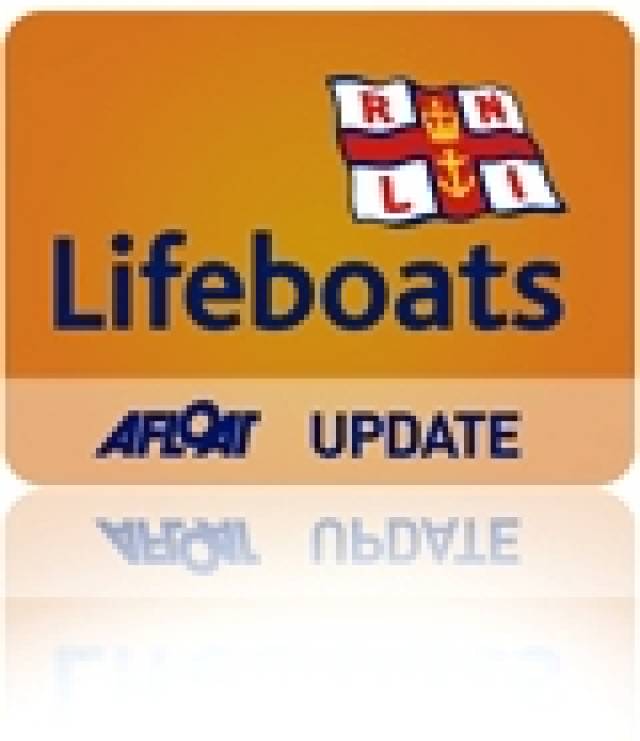Three divers were brought to safety this afternoon after they lost contact with their dive boat and were reported overdue. The men were brought to safety by volunteer lifeboat crew with Kilmore Quay RNLI.
The divers were over an hour and a half late resurfacing when their dive boat skipper called for help at approximately 1.30pm. They had been diving at the Conningmore rocks, one mile south of the Saltee Islands in Wexford, when they failed to appear. Conditions were described as good and the sea state was calm.
The search commenced immediately with Kilmore Quay RNLI being joined by the Coast Guard helicopter Rescue 117 from Waterford and two local charter vessels. The men were quickly spotted by the helicopter crew who in turn alerted the lifeboat to their exact location.
The divers had drifted almost three miles away and had lost contact with the dive boat. The lifeboat crew recovered the three men onto the lifeboat. The first was taken onboard with a Jason's cradle, a piece of lifeboat equipment used to aid recovery of people from the sea. Then the lifeboat crew lowered the stern ramp and threw out a line to pull in the remaining two divers. They then made their way back to Kilmore Quay harbour. The men were in good spirits and did not need any medical assistance.
Commenting on the callout Aidan Bates, a volunteer crewmember with Kilmore Quay RNLI said, "This is a beautiful spot for diving and is very popular with dive groups. The dive boat skipper did exactly the right thing in reporting the men overdue and happily we were able to recover them safely onto the lifeboat. They were certainly relieved to see us coming and we were delighted to be able to bring everyone home safe."
































































